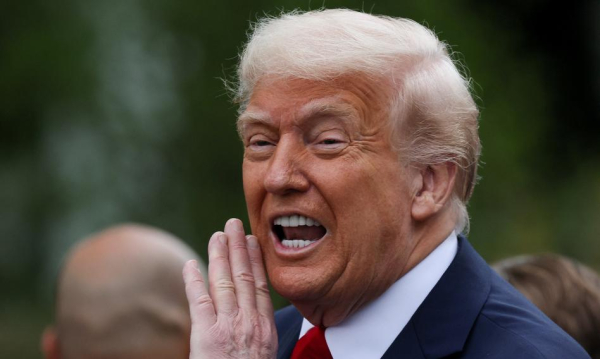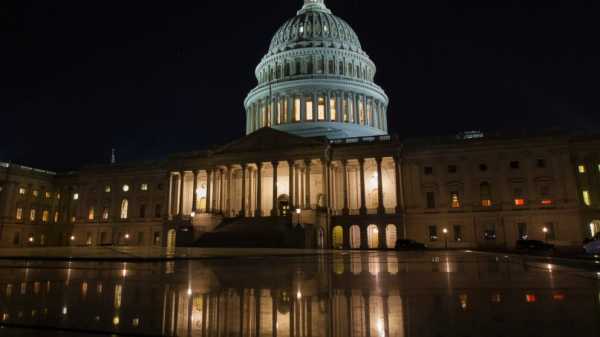The AI Action Plan, announced on July 23 by US President Donald Trump, is an attempt to shape the global AI market to suit American conditions. It has strategic ambitions, not just technological or economic ones, Aleksandra Wójtowicz from the Polish Institute of International Affairs (PISM) told PAP Studio on Thursday.


On July 23, the White House published a plan for the development of artificial intelligence (AI), opposing regulations and combating disinformation, and embracing American “dominance” in this area and the creation of an international alliance led by Washington. The plan calls for denying US adversaries access to the technology. The document, created by presidential advisors, including David Sacks, a former Silicon Valley investor and ally of Elon Musk, emphasizes the need to “win the race” for AI dominance. It also calls for reduced state and federal regulations and massive investments in building AI infrastructure and energy.
“This project consists of three parts. The first is innovation , meaning broadly defined innovative projects related to artificial intelligence. The second element is infrastructure . The point is to ensure that the United States has the appropriate infrastructure to create these innovative projects. This is a very broad point, and within it, Trump has already signed an executive order that allows for the broader use of federal land for the construction of data centers and AI factories. This means not only greater investment but also an accelerated pace of construction of such installations. The third part of the plan is international impact . Trump assumes that the United States will export its AI technology worldwide,” said Wójtowicz.
Advertisement See also: Take part in our stock market multi-thlon! Disciplines: sprint for stocks, dive into ETFs, and push your wallet for the prize.
“One of the more controversial elements of this plan is the second of three executive orders signed by Trump. It concerns so-called woke AI, which stipulates that AI models created in the US should ignore certain ideas and theories. For example, they are not to incorporate critical race theory or the concept of systemic racism. These theories are considered hostile, left-wing, and progressive by the plan's creators. This raises questions about the extent of political control over AI development. Moreover, this approach contradicts Trump's narrative of defending free speech. He often talks about censorship, accusing European regulations, for example, of it. Meanwhile, his own AI strategy involves selective exclusion of content. This is a form of censorship, just conducted from a different ideological vantage point,” the analyst stated.
“Another significant controversy is environmental issues. Trump's strategy assumes massive investments in the development of artificial intelligence, without much regard for environmental costs. This includes the construction of numerous new factories and data centers—all of which are energy-intensive installations. The executive orders are intended, among other things, to facilitate access to federal land to accelerate these investments. Critics point out that ignoring environmental standards could lead to long-term consequences. The problem is that AI is treated as a paramount goal, taking precedence over other values. There's a lack of a balanced approach. This element of the strategy also raises concerns, especially in the context of global climate commitments. Trump is clearly focusing on technological dominance. But the question is at what cost will this be achieved,” added Wójtowicz.
“The third, and for us, most important aspect of the controversy is the issue of AI exports. In recent months, the Biden administration introduced the so-called AI diffusion rule, which divided countries into three groups, specifying how many advanced AI chips they could import from the US. This was controversial even then, as it suggested differentiating partners based on strategic criteria. Trump completely abolished this mechanism. Instead, he proposed a new model—each country would individually negotiate import terms. This is very typical of his foreign policy style, so-called deal-making. But this results in greater dependence on the US. You won't be able to simply buy chips; you'll have to purchase entire packages: software, hardware, models, security. This export model significantly deepens technological and political dependence,” Wójtowicz concluded.
“In this context, the question arises about the European Union's reaction. Will it be able to act as a bloc and negotiate jointly with the US, or will it rather submit to the logic of bilateral agreements? There is no clear answer at this time. The topic is fresh, and the EU has only just concluded difficult trade negotiations with Washington. Trump would certainly prefer to talk to individual member states. Such a model is already being tested, for example, in the United Arab Emirates. Negotiations and joint construction of data centers are underway there. But from the EU's perspective, joint action would be more beneficial. After all, we have a single market, and varying technological conditions between member states can distort it. A common policy would also be more effective and provide greater bargaining power,” noted the PISM expert.
Wojciech Łobodziński (PAP)






